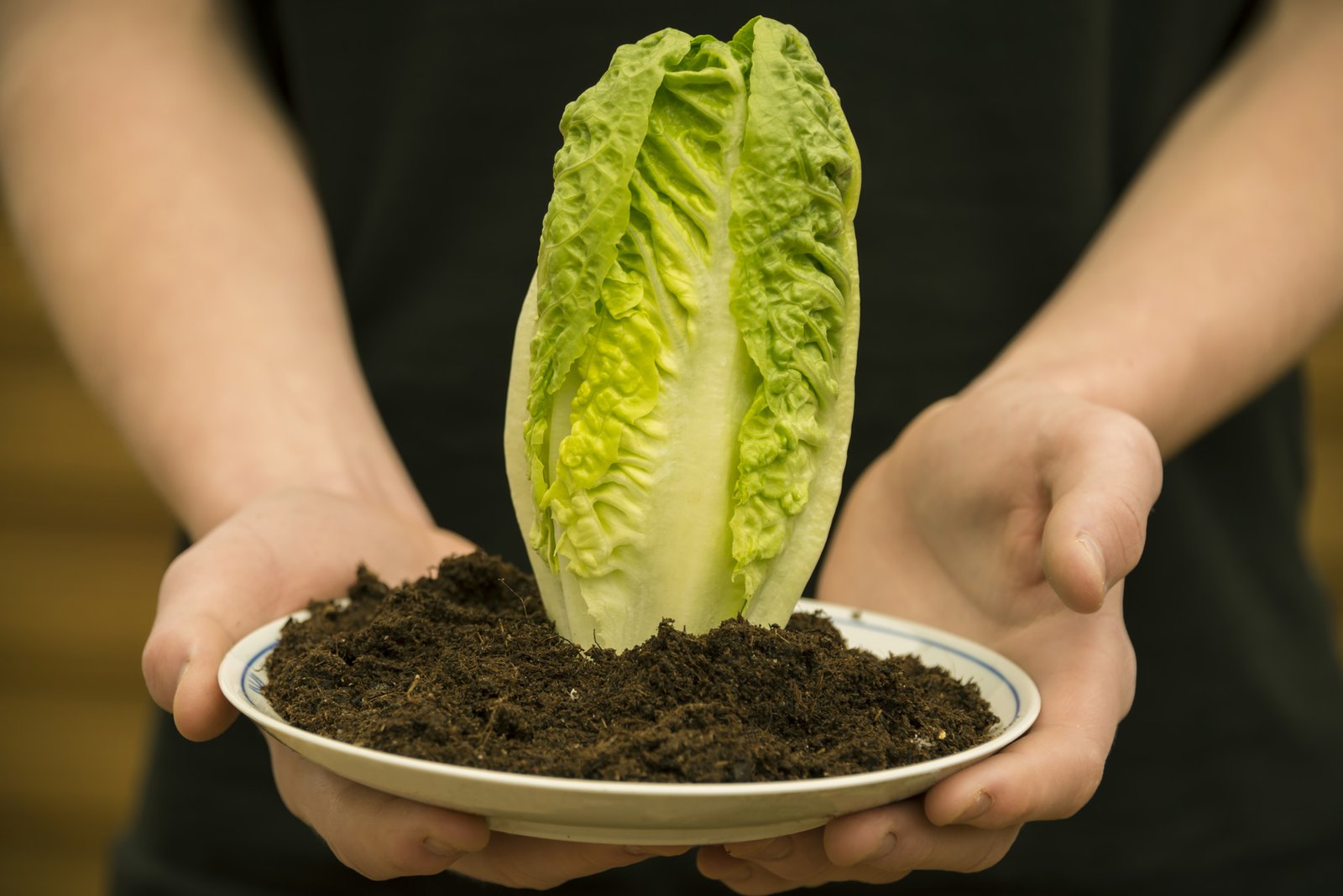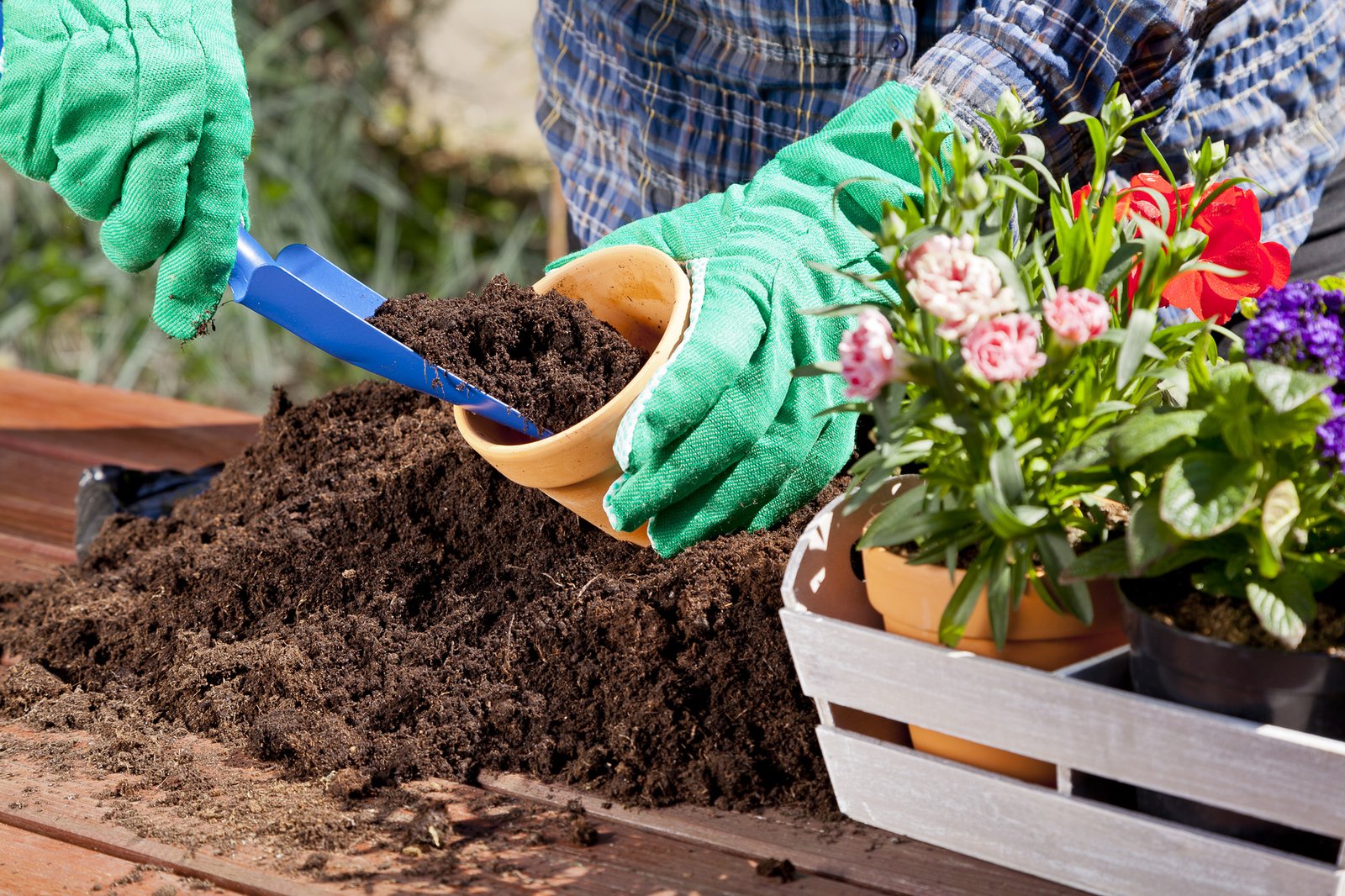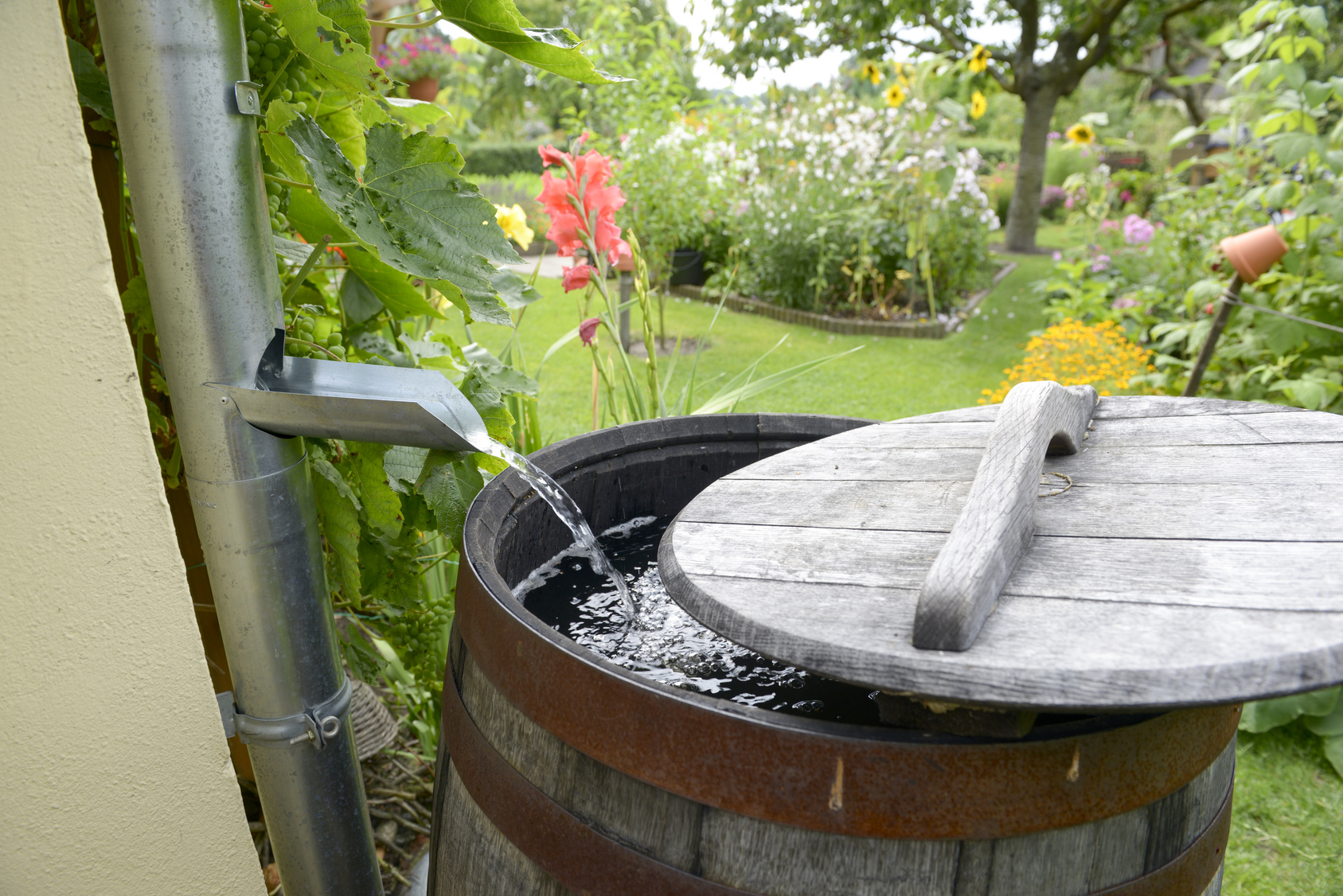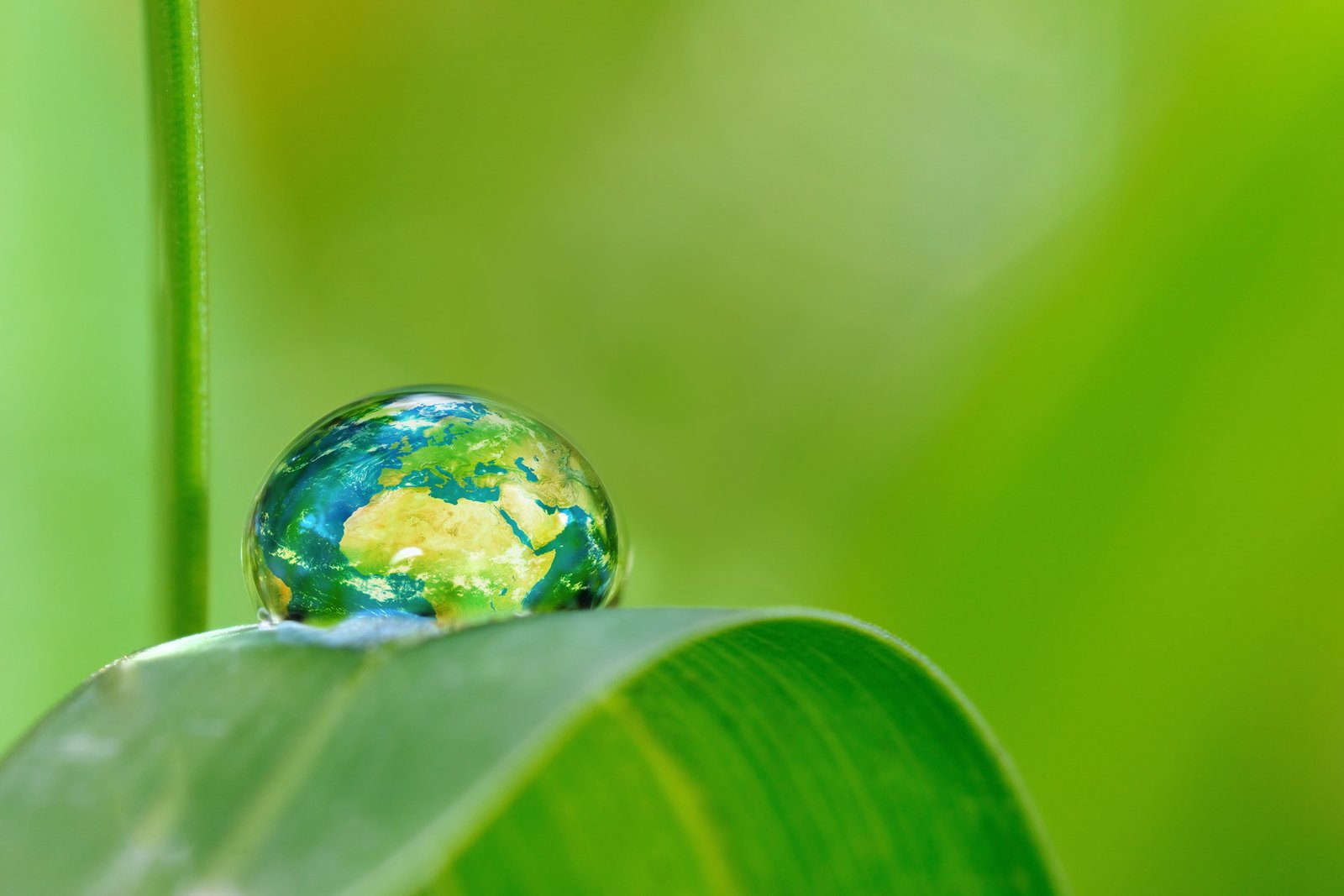Vegetable Container Gardening
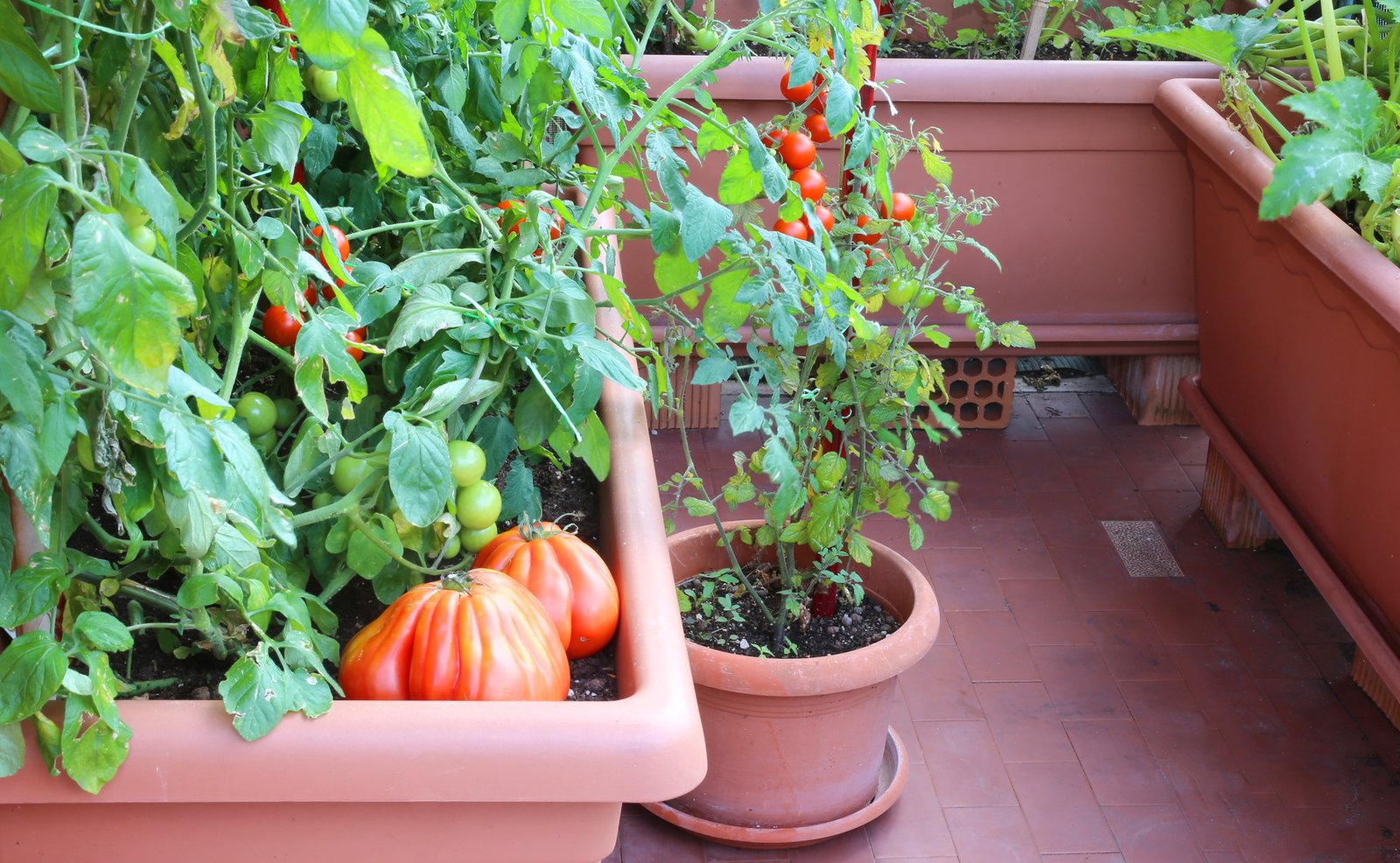
Growing your own vegetables can be an exciting and rewarding experience. Picking a fresh vegetable from your garden and using it to prepare delicious meals for your family gives a feeling of great satisfaction and saves you some money on grocery shopping. Having a large outside space will make it possible to grow a great variety of plants. But even if you don’t have it, the good news is that you can do just as well on your terrace, balcony, window sill and even inside your home with container gardening. All you need is a space with appropriate sun exposure, soil, water, a container, seeds and voila! Your vegetables will start growing.

That is not to say that container gardening is not challenging. There are several things you need to observe in order to take good care of your veggies and help them thrive. We will share below some basic tips to help you make a start.
Soil
For best results in container gardening use sterile potting compost to start your plants but common compost will also work. The advantage of sterile compost is that it will be free from pests, diseases and weeds which could hinder the development of your seedlings. It can be found in gardening shops or you can sterilise common compost in your oven, microwave or with steam.
Choosing your container
Your choice of a container will depend on what specifically you are growing. The Royal Horticultural Society recommends using pots with a depth and width of at least 45cm since using smaller containers can lead to the lack of moisture and nutrients for plant roots unless you can water and feed your small pots very frequently. However, you have to observe if your seedlings have grown enough to be transferred to their final pot. It is always a good idea to keep repotting them as they grow and keep them in a more controlled environment while they are still very small.
In terms of starting your seeds, you can use a variety of types of small pots and trays. Module trays are very handy for this process and especially helpful for sowing plants that need spacing between the seeds. Carton egg boxes work very well as DIY module trays.

Sowing
When using module trays I prefer to plant one seed in each module as it makes it easier to transplant them to their final pots, if sowing more than one seed in each module or pot, seedlings roots can get entangled, making it impossible to separate the plants. But you may want to have more than one plant in the same pot, maybe two or three seeds; this can be done for some plants but you should still make sure that the module is big enough so the seeds can be appropriately spaced.
Timing is also important for sowing. In the northern hemisphere, some plants can be started as early as January indoors but the main sowing season is from early spring to autumn.
Watering
Adequate watering is extremely important for a successful crop. Some plants will need a lot of watering, especially when not only leaves but the actual vegetables are growing, and some will be happy with a smaller amount of water. You need to observe your plants and check that the soil is always moist by sticking your finger into it but do not overwater as this can also kill your plants.
When the weather is too hot you will need to water your plants more than once a day and if you don’t have the time it is a good idea to use self-watering containers that you can make yourself or buy at shops.
Drainage
Your pots need to be well drained in order to avoid rotting the roots by waterlogging. Different plants will have differing water needs but most of them will not be very healthy sitting on stagnated water. Excess water in the pots will not allow enough oxygen to reach the roots. Most pots will come with holes in the bottom but if they don’t you should pierce some holes in it.
Container veggies are doing well on my terrace this year
Fertiliser
It is good to feed your plants with all-purpose liquid fertiliser every two weeks for good maintenance. You can also find liquid fertilisers for specific plants such as tomatoes, for example, these will have nutrients that are particularly helpful for the specific plant’s development. If you do not want to use fertilisers for some reason and want to go completely natural you can mix well-rotted manure into the lower half of your pot.
Sun Exposure
Good sun exposure is very important for crop growth. Pay attention to the instructions on the seed pack when choosing where to place your plants. Some will grow much better in shade rather than in full sun and some will be happy with fewer hours of sun than others. If you have a small portable greenhouse, such as those plastic ones, do not forget to take your plants out of there on very hot days or your plants will fry inside! Greenhouses are ideal for use when the weather is not so warm. When it is, you can still use them as long as they are kept open and well ventilated to avoid excessive accumulation of heat.
Protection from cold/frost
During colder weather a greenhouse comes in handy. Keep your seedlings in there until the weather is warm enough to take them out. Some plants will go limp if the weather is too cold, you may look at them and think they need more water but if the soil is still very moist this is an indication that they are actually struggling to cope with the cold and need some protection. If there is any chance of frost keep your plants inside.
Protection from pests
Plants can be attacked by a variety of pests, from fungus to insects and snails. They can eat leaves and roots and cause distorted growth. Vegetables are also subject to being eaten by birds and you need to protect your crop from these threats. This year I had an infestation of tiny aphids on my plants, they looked very dry and were curling down. The way I solved it was by creating a mixture of water, lemon and vinegar that acts as a natural insecticide. You can also introduce ladybirds into your garden as they are natural predators of some pests. Netting your plants is also useful to protect them from the attack of a variety of insects, birds and snails.
Now that you know the basics of container gardening you can start planning for the next growing season. It is good to be very organised and keep a calendar with a list of all the plants you want to grow and basic care instructions for each of them in an accessible place. I find the free RHS Grow You Own app very helpful. Maybe you will also want to keep notes of how the plants are doing and keep track of when things go well or wrong as it will help you be more successful year after year. Get your gardening tools and pots together and Green It Yourself Now!









